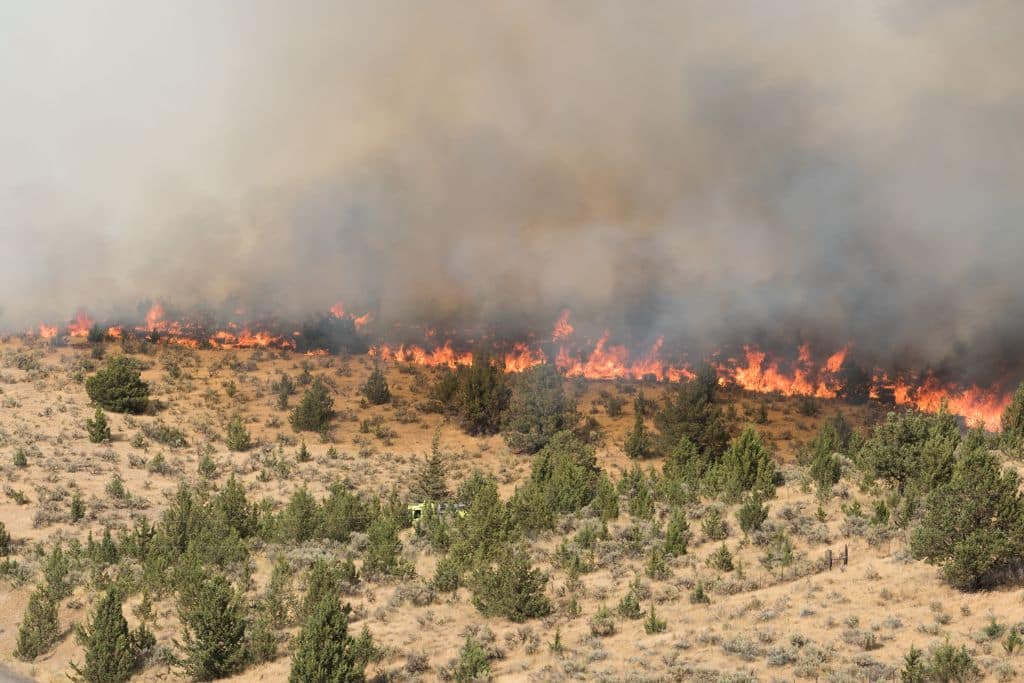British Columbia was blanketed with hazardous smoke pollution on Monday as wildfires raged across the Canadian province, forcing tens of thousands to flee their home.
—
Millions of people in the Western Canadian province of British Columbia were under air quality warnings on Monday as toxic smoke from rapidly spreading wildfires covered nearly the entire province in an unhealthy haze.
The thick smoke resulted in off-the-chart air pollution across the province. The air quality index in Kamploops, Central Okanagan, and Eastern Fraser Valley, which are among the worst affected areas, reached a “hazardous” level on Saturday, according to real-time air quality information platform IQAir’s measurements.
As we face the worst #BCwildfire season in history, we have also seen British Columbians stepping up to support evacuees, offering their homes, bringing blankets, and pet food donations. Together, we are going to get through this.
(1/2) pic.twitter.com/QIU2qub0dE
— David Eby (@Dave_Eby) August 21, 2023
On Friday, local authorities declared a state of emergency to ensure rapid access to critical resources and tools to support the affected communities. Premier David Eby banned non-essential travel in a bid to free up temporary accommodation for those displaced and urged residents to avoid using drones in the area, saying they would impede firefighters’ work.

Daily total cumulative estimated carbon emissions for Canada since 1 January. Image: Copernicus Atmosphere Monitoring Service (CAMS).
About 35,000 people have been forced to evacuate southern interior areas of the region over the weekend as out-of-control wildfires intensified. As of Tuesday morning, 386 wildfires were still active across the province, with more than 35,000 still under evacuation alerts, according to British Columbia’s Minister of Emergency Management and Climate Readiness Bowinn Ma.
While fire-related smoke is a seasonal occurrence in British Columbia, this year’s record-breaking wildfire season is raising concerns about the implications of air pollution on residents’ health, especially that of children, pregnant women, and the elderly. Toxic pollutants in the air are associated with severe respiratory infections, including reduced lung function, bronchitis, asthma and, in some cases, premature death.
Canada is enduring its worst-ever wildfire season, with fires burning twice as much land as any previous season. So far, an area of about 140,000 square kilometres (54,054 square miles) – roughly the size of New York state – has been scorched nationwide. Fire-related carbon emissions have already doubled a previous annual record and toxic smoke has reached as far as the US East Coast.
You might also like: 4 Ways in Which Climate Fires Impact Public Health


















